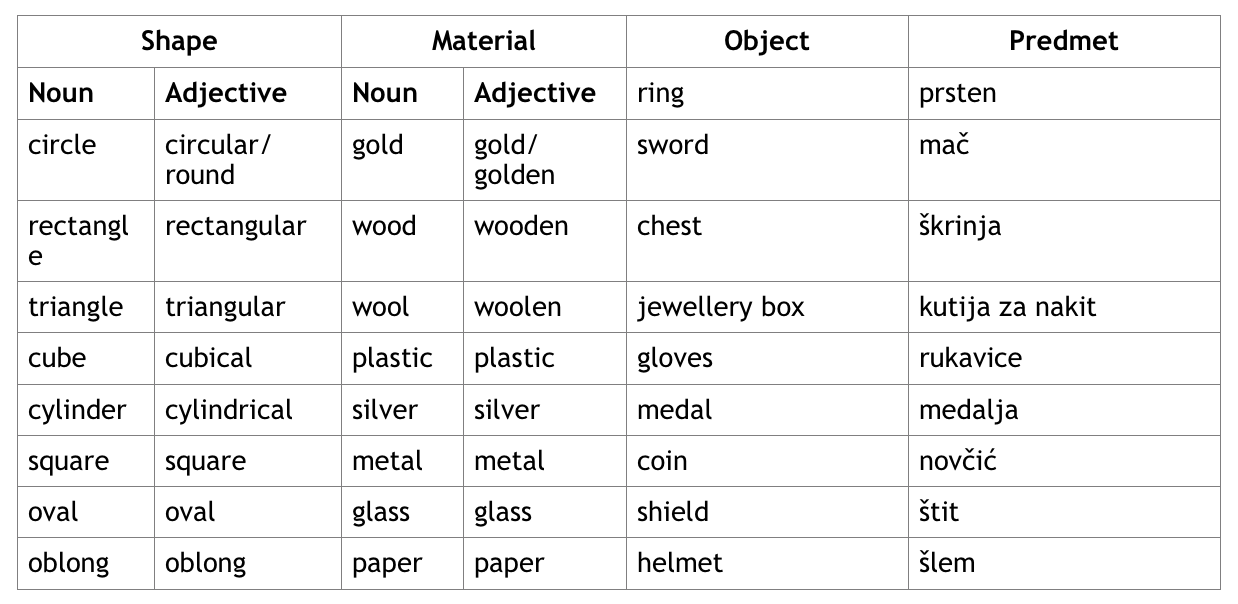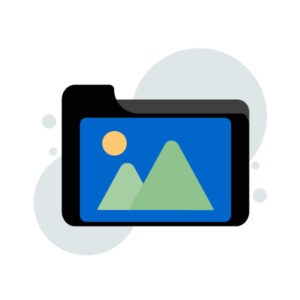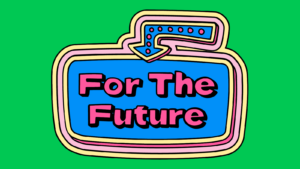Teaching through Context: Bringing the World into Your Classroom
Nowadays, with the development of technology, we hear almost every day about how important it is to make learning more interesting, to motivate students to learn foreign languages, to encourage them to talk and write in the new language, to entertain young learners etc. One way to help students enjoy learning and make learning more interesting and useful is to bring the world into your classroom. And how can you do that?
Make learning (adjectives) more interesting
I teach English as a second language in Montenegro. One of the topics for the seventh grade was the use of adjectives to describe objects. Of course there were suggestions in the teacher’s book that I could follow but I decided to do something different. I decided to put the adjectives into a specific context and let students see by themselves WHY they need adjectives. So, instead of teaching adjectives by just presenting them and making students learn them at home and do exercises in their book, I decided to show them through the lesson not only the form of adjectives, their position in the phrase, but also when to use them in everyday life. To illustrate my teaching, I decided that visiting a museum might a very good idea but as a school excursion was out of the question, I chose instead to use a virtual museum, which I made in Power Point. (you can find tutorials on YouTube which are easy to follow).
Warm up
First, as a warm up, you can bring an object to the class and show it to the students. Ask them if they recognize it. Then encourage them to describe it to you. Since this is a new lesson, you can also start by describing it yourself while hiding the object and asking them to guess what it is.
This is a good activity to start with, because they will be interested in the topic and gain confidence when they realize that they can already describe objects.
Next, you give them a table in which new words from the lesson are written. (see table 1) As you can see in the table, I gave them adjectives for shape and material and I gave the objects (new words) with translation in Montenegrin. I asked them to look at the table and to choose one object from the row OBJECT and to choose adjectives to describe that object to the class.
Eg: square wooden chest
Table 1

After that ask the students what differences they notice between nouns and adjectives given in the table. The important thing here is that this is of no great importance to them. They do not need to know the linguistic rules to understand the meaning and usage. Thus this kind of presenting is very useful.
Bring the world into the classroom
The next activity was a new experience for my students. I told them that we were going to visit a virtual museum. I gave them a blank table to fill in while visiting the museum. (see table 2) I named the museum Something old, something new because I needed different objects on display. see (https://www.slideshare.net/zpetricevic/museum-something-old-something-new) The museum had objects that students were already familiar with as well as new objects from the lesson.
I explained to them how to fill the table and challenged them not to look at the previous table with the new words, but allowed them to do so if they needed a reminder.
As you can see in this table I did not give them the correct order of the words. To make a phrase correctly students had to say shape first then material and at the end the object. I did this on purpose because I wanted them to see the correct word order.
Table 2

Challenge and encourage
The following activity was a little bit more challenging – writing their own text. This is usually a difficult task for non-native speakers since they do not feel confident enough to write their own texts in a foreign language. They usually try to translate wonderful sentences in their mind from their native language to English – which is a mistake.
For this activity I wrote five questions on the board (see table 3) to help them answer the topic –MY FAVOURITE OBJECT. I also read them the text I had written about my favourite object in order to give them an example of how their text should look.
I advised them not to think in their mother tongue, but to pretend that they only knew English and thought only in English. I also reminded them that the questions were there to help them and that they could add any other relevant information they wanted. The questions tell your students what you expect to see in their text, which tense to use and they help them organise their ideas.
- What is the object?
- What color is the object?
- What shape and material is the object?
- Who gave it to you?
- What can you do with it?
One of my students was not encouraged enough. He stared sweating and said that he could not do it because he did not know how. I told him that that was not true, saying,
“YOU CAN DO IT! YOU JUST HAVE TO TRY! IT IS OK TO MAKE MISTAKES!”
He started to write immediately and he was the first one who wanted to read his text, which was very good and contained only a few mistakes.
Correcting mistakes
Since students are insecure when they write (or speak) in the second language, I am always careful when correcting them. Instead of telling them this is not good, you shouldn’t say that or the spelling is bad, your pronunciation is not very good…I listen carefully, nodding and when they finish reading (speaking) the first thing I do is to give them a positive comment – EXCELLENT, WELL DONE, GOOD JOB, NICE VOCABULARY, DIVINE DESCRIPTION… Immediately after that, if there is a mistake that I want my students to correct I repeat that same word, phrase or sentence but correctly. So my reaction is like – oh, excellent. Your circular golden ring. (if for example the student said – golden circular ring). He automatically looks at that part of his text and corrects it by himself.
Make the end interesting and relaxing
The final activity I prepared was the handout with riddles. see the whole handout
(https://www.slideshare.net/zpetricevic/handout-riddles-77399530 ) Their task was to read the riddle that I wrote for them and try to solve it. You can put students in pairs or small groups or you can choose students to read the riddle so that others can solve it. As you can see below, I made riddles connected to the topic. This activity was very interesting for them because they enjoy solving the riddles. The second task was for them to make their own riddles for given objects or, if they found making riddles very difficult, just to describe them. Also I allowed them to make riddles for other objects they found more interesting. Thus, they revised new words in an interesting and relaxing way.
Riddles



Please feel free to download these materials and use them in your class and let me know if you like the article or if you have any other ideas to make learning more interesting for our students.




